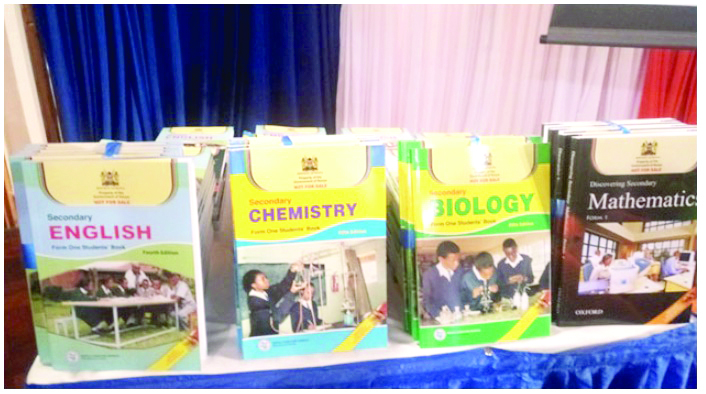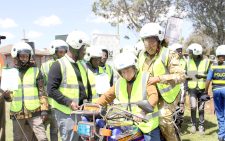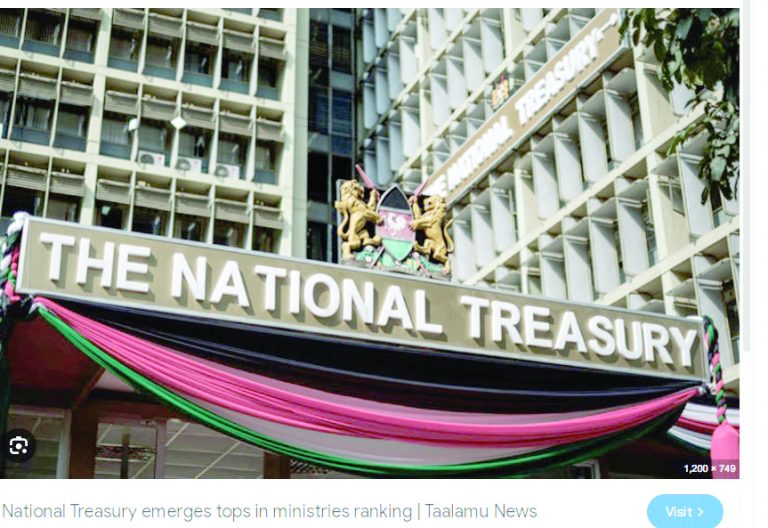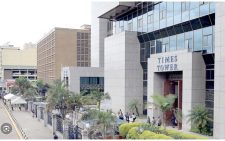Book suppliers face low sales on junior secondary transition

Book suppliers and uniform traders in the country face reduced sales of their respective products following the transition of learners to junior secondary.
According to a publisher who spoke to Business Hub on condition of anonymity, the transition has led them to experience reduced earnings compared to when they were dealing with the 8-4-4 system textbooks.
“At a time like this in the previous years, we could have generated a significant amount of revenue from the sales. This transition, however, has proven to be a challenge as the orders which we are getting are quite low,” said the publisher.
“Even the clients themselves are not sure of the kind of books that are required by the government because of the push and pull situation by stakeholders.” Contrary to the above supplier’s sentiments, Joseph Nyiri, assistant manager at the Kenya Literature Bureau (KLB) said the uptake of the newly approved books has been on high as they have been able to produce and release a good number of books since the introduction of the new curriculum.
“We have been able to publish all the approved books by the Kenya Institute of Curriculum Development (KICD). We have distributed about 90 per cent of our publications to schools and bookshops in the country. We have distributed over 20,000 copies of each title that is required in the new curriculum,” said. Nyiri stated that they stopped producing Form One textbooks in particular in 2023 when the programme was being implemented. However, they produced as per the demand of the consumers.
“We stopped producing the books because of the new roll and currently everything is going on well. However, the previous books were still being used by schools in preparation for the national examinations as it covers all the syllabus from form 1,” he explained. Uniform suppliers too are complaining of low purchases as most customers are buying uniforms in single pairs compared to when learners were joining Form One under the previous system.
Anne Musumi, a school uniform trader at a local textile market in Nairobi stated that compared to the era of the 8-4-4 system, the demand of the uniforms has significantly levelled down.
“Customers have now resorted to single pair items because most of their children will be commuting to school unlike previously when the majority of the learners were joining boarding schools. Parents during that period were buying the uniforms in pairs,” she said.
According to her, this factor coupled with other broader ones have resulted in a surge in the prices afecting the purchasing power of the customers. “You know we also have to get profit at the end of the day and if they buy single pairs, that means less profits. Our suppliers have also increased the prices of the diferent materials that we use in designing the uniforms,” Musumi said.
“So, for us to get at least a profit, we have to pass down the burden to the consumer because again it is also the peak season,” she explained. She added that the prices are determined by the type of material that the clients want but they are all slightly high because of the afore mentioned factor.
“We have different textures such as thicker, Kijana, sunflower, decron among others and at the moment a single pair of shorts from the most afordable material ranges between Sh550 and Sh650 up from Sh250 and Sh500 range. The others range between Sh750 and Sh850,” she said. The transition to junior secondary school has equally presented a significant challenge to parents due to the hiked prices of the new requirements amid the challenging economic times.
Speaking to Business Hub, Sandra Nduta, a parent, complained about the complexity of the transition, stating that the prices have shot up surpassing her expectations yet other expenses such as school fees have not been adequately catered for.
“The prices are really high but I just have to buy because they are a necessity. For school uniforms for instance, I have visited diferent shops but the prices are still high so, I’ll just have to dig deep into the pocket at least to get the right item,” she said. “Currently a school trousers cost Sh650, at least one that the school wants.
This is almost double because initially we could get them from Sh300. We have not even added the bus fare and pocket money,” Nduta lamented. On his part, John Okumu stated that the prices have afected his purchasing power and that he will have to break from his tradition of buying them in pairs “Initially I used to buy the uniforms in pairs to avoid future expenses but now I will have to buy one to kick start the term as I look for other avenues to cater for the second one.
If it becomes harder, he will just have to survive considering the fact he will be commuting to school,” he said. With the new curriculum, secondary schools will not be having new Form One students after the Ministry of Education rolled out the 8-4-4 curriculum from primary schools in 2023, meaning that secondary schools will be having fewer number of students this year.
This will also be a reprieve for the ministry as it will reduce the amount of money that will be disbursed in capitation. In a local publication early last year, Basic education Principal Secretary Belio Kipsang said: “We shall not be having Form One class so the under–funding will go down to about Sh11 billion and that is what the Education Committee is trying to ensure is taken care of in this 2024/25 financial year.”












